Guts seat covers are more than just a vehicle accessory; they’re a statement of style and a testament to durability. Designed to protect and enhance the aesthetics of your vehicle’s interior, these covers are a must-have for any discerning car owner. In this comprehensive guide, we’ll dive into everything you need to know about guts seat covers, from selection to maintenance.
Table of Contents:
– What are guts seat covers?
– What do guts seat covers do?
– How to choose guts seat covers
– How long do guts seat covers last?
– How to replace guts seat covers
– How much are guts seat covers?
What are guts seat covers?
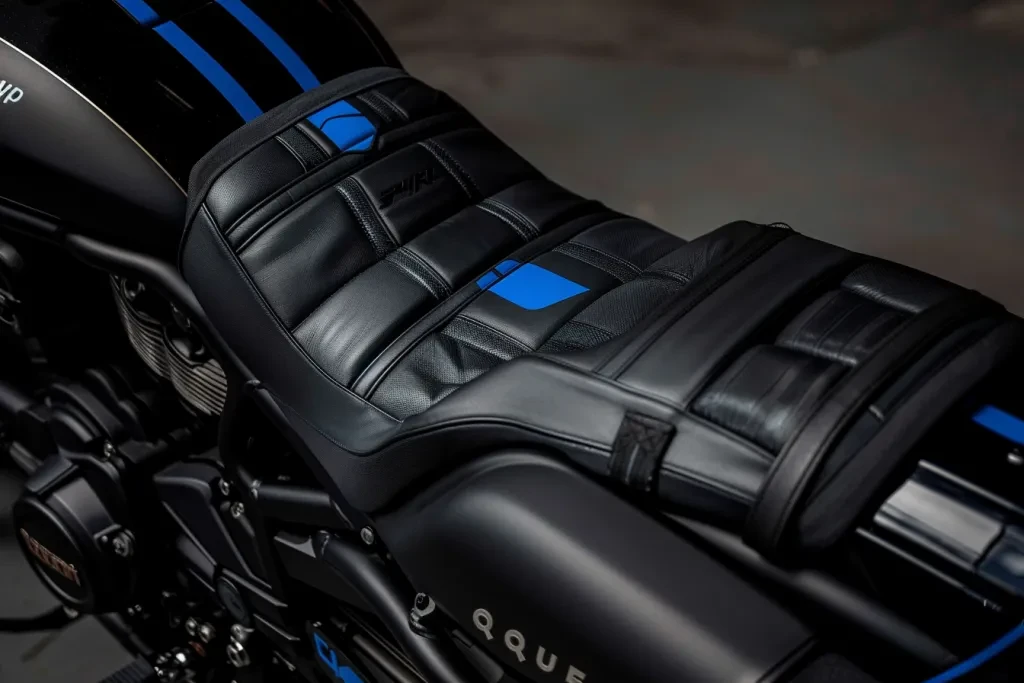
Guts seat covers are high-quality, durable covers designed to protect your vehicle’s seats from wear and tear, spills, and stains. Crafted from robust materials, these covers are engineered to withstand the rigors of daily use while maintaining the aesthetic appeal of your vehicle’s interior. They come in various materials, including leather, neoprene, and polyester, each offering unique benefits in terms of protection, comfort, and style.
These seat covers are not just functional; they are also customizable, allowing car owners to choose from a wide range of colors, patterns, and textures to match or enhance their vehicle’s interior design. Whether you’re looking to protect your new car’s seats or give an old vehicle a fresh look, guts seat covers provide a perfect solution that combines practicality with personalization.
The technology behind guts seat covers includes features such as UV resistance, water repellency, and breathability. These technical aspects ensure that the covers not only protect the seats but also contribute to a more comfortable driving experience by regulating temperature and preventing moisture buildup.
What do guts seat covers do?
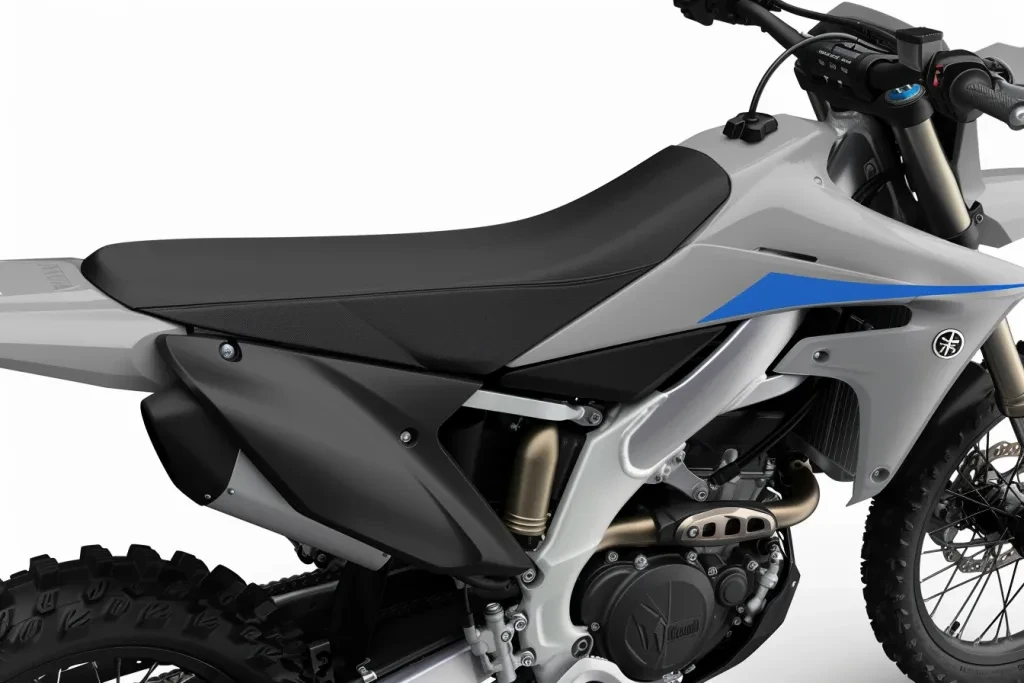
Guts seat covers serve a multifunctional purpose in vehicle maintenance and aesthetics. Firstly, they act as a protective barrier, shielding your seats from the inevitable wear and tear that comes with regular use. This includes protection from spills, pet hair, scratches, and UV damage, which can fade and weaken the fabric of your seats over time.
Beyond protection, guts seat covers also enhance the interior ambiance of your vehicle. With a wide array of designs and materials available, these covers allow you to customize the look of your car’s interior to reflect your personal style. Whether you prefer a sleek, modern look with leather or a more rugged, adventurous vibe with neoprene, there’s a guts seat cover to match every personality and lifestyle.
Moreover, guts seat covers contribute to the overall cleanliness and hygiene of your vehicle. They are typically easy to remove and clean, making it simpler to maintain a fresh and tidy interior. This is particularly beneficial for car owners with children or pets, or those who frequently engage in outdoor activities that might bring dirt and debris into the vehicle.
How to choose guts seat covers
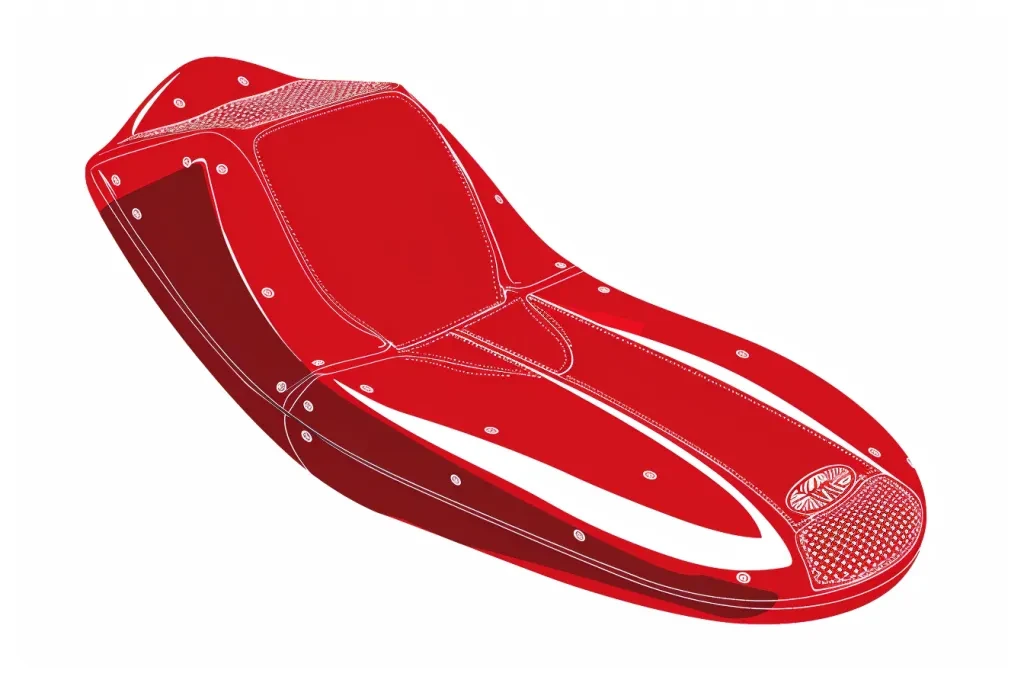
Choosing the right guts seat covers for your vehicle involves considering several factors to ensure you get the best fit, protection, and style. First and foremost, material selection is crucial. Leather covers offer a luxurious look and feel but may require more maintenance, while neoprene covers provide excellent water resistance and durability. Polyester covers, on the other hand, are a versatile and affordable option that offers a balance of protection and comfort.
The next consideration is the fit. Custom-fit seat covers are designed to perfectly match the contours of your specific vehicle’s seats, providing the best protection and aesthetics. Universal seat covers, while more affordable, may not offer the same level of fit and can look baggy or misaligned.
Lastly, consider the ease of installation and maintenance. Look for seat covers that are easy to install without professional help. Additionally, opt for covers that are machine washable for easy cleaning, ensuring that your vehicle’s interior remains pristine with minimal effort.
How long do guts seat covers last?
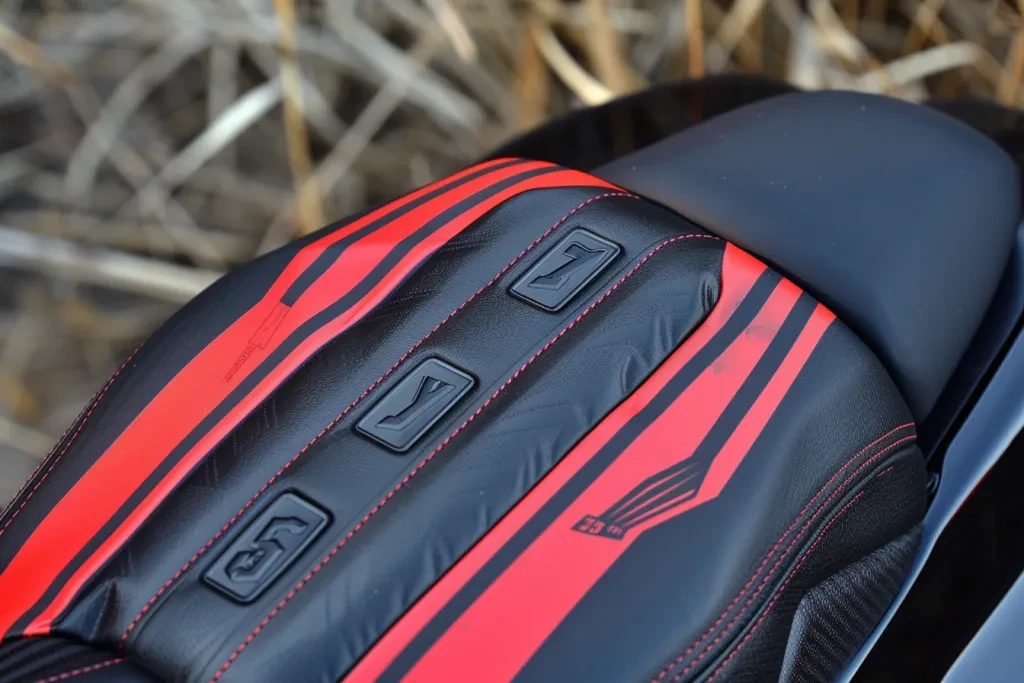
The lifespan of guts seat covers largely depends on the material used and the level of care they receive. High-quality leather seat covers can last for several years if properly maintained, while neoprene and polyester covers offer durability and resistance to wear and tear, making them last equally long. Regular cleaning and conditioning can significantly extend the life of your seat covers, keeping them looking new for longer.
Environmental factors also play a role in the longevity of seat covers. Continuous exposure to sunlight can cause fading and weakening of the material, while spills and stains, if not promptly addressed, can lead to permanent damage. Investing in UV-resistant and waterproof seat covers can help mitigate these risks and prolong their lifespan.
Proper installation is crucial to maximizing the durability of guts seat covers. Incorrectly fitted covers can experience unnecessary stress and wear, leading to premature deterioration. Following the manufacturer’s installation guidelines and ensuring a snug, correct fit can help avoid these issues.
How to replace guts seat covers
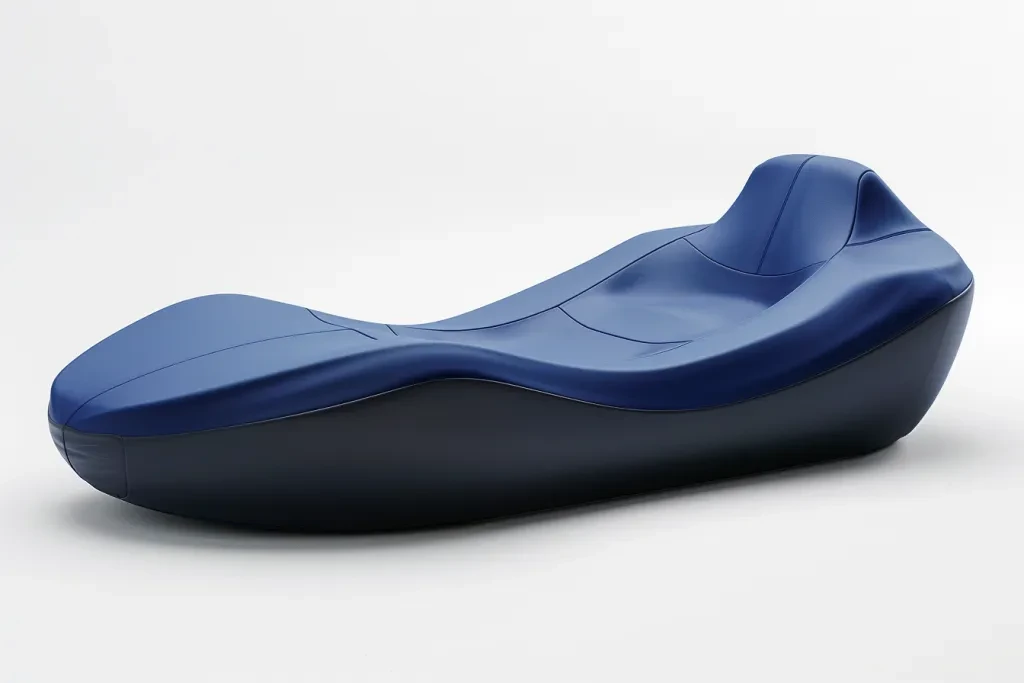
Replacing guts seat covers is a straightforward process that can be done at home with minimal tools. Start by removing the old seat covers, taking care not to damage the seats or the covers if you plan to reuse or sell them. Most covers can be removed by unfastening hooks, straps, or zippers.
Next, clean the seats thoroughly to remove any debris or residue that could interfere with the fit of the new covers. Once the seats are clean and dry, carefully install the new seat covers, following the manufacturer’s instructions. Ensure that the covers are properly aligned and securely fastened to avoid slippage or misalignment.
Regular inspection and adjustment of the seat covers can help maintain a perfect fit and prevent wear spots. If the covers become loose or start to show signs of wear, consider replacing them to maintain the protection and aesthetics of your vehicle’s interior.
How much are guts seat covers?
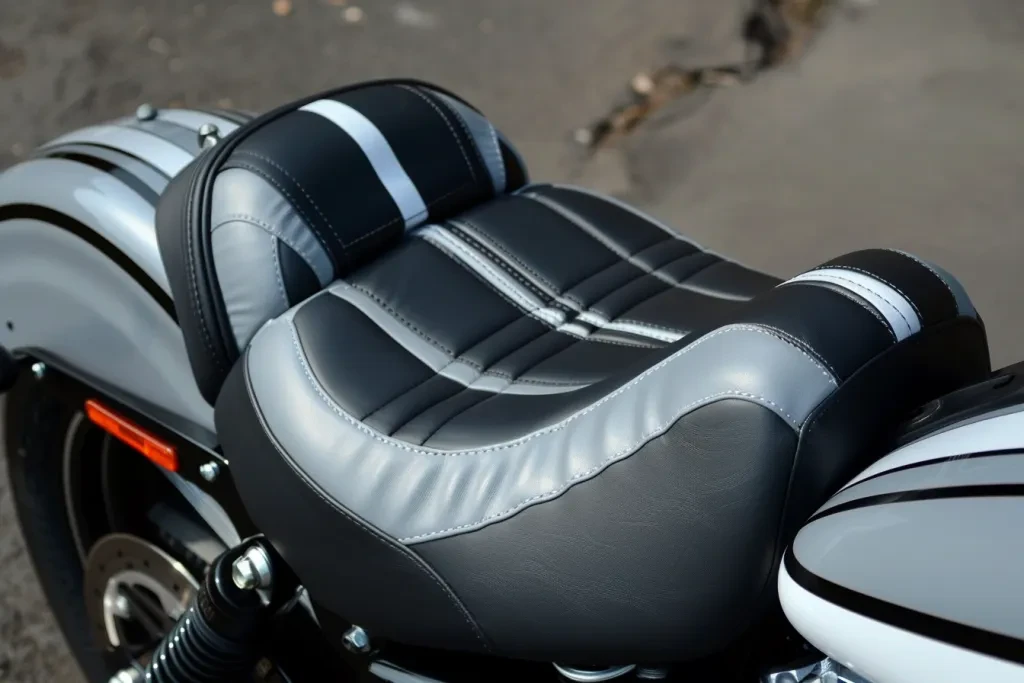
The cost of guts seat covers varies widely depending on the material, design, and whether they are custom-fit or universal. Basic polyester seat covers can start as low as $30 to $50 per set, while high-end custom-fit leather covers can cost several hundred dollars. Neoprene covers fall somewhere in the middle, offering a balance of durability and affordability.
When considering the price, it’s important to factor in the value of the protection and aesthetic enhancement these covers provide. Investing in higher-quality, durable seat covers can save money in the long run by protecting your vehicle’s seats from damage and reducing the need for professional cleaning or upholstery repair.
Conclusion
Guts seat covers are an essential accessory for any vehicle owner looking to protect their investment and personalize their ride. By choosing the right material, ensuring a proper fit, and maintaining them with care, you can enjoy the benefits of these covers for years to come. Whether you’re aiming to preserve the value of your car or simply want to express your personal style, guts seat covers offer a practical and stylish solution.




